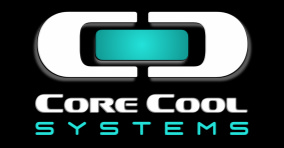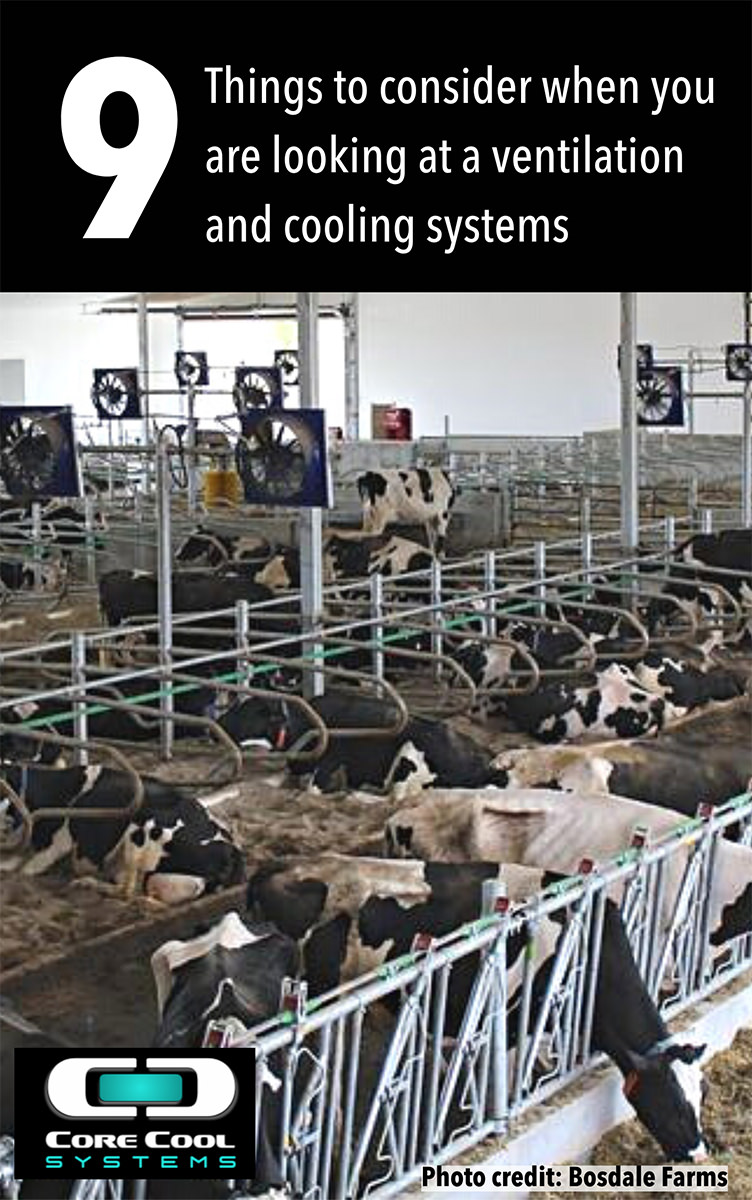 FAQ – What is an EC motor, and how is it better than what I have?
FAQ – What is an EC motor, and how is it better than what I have?
Let’s start with the technical answer.
EC (Electronically Commutated, or Electronically Controlled) motors are the next generation of electric motors. They have permanent magnets on the rotor and use electronics to regulate the voltage and current applied to the motor.
The permanent magnets create the rotor field, and a series of coils controlled by an electronic controller create the stator field. EC Motors are essentially brushless DC motors with a power control board built into them.
EC motors don’t have any brushes, so they don’t produce sparks and have a longer lifetime compared to brushed DC motors. Because EC motors use electronics to control the stator and don't waste any power inducing the rotor field, they have superior energy efficiency and speed controllability and run cooler than induction motors.
I hear you saying, “So What” What does that mean to you?
Let’s get practical.
The benefits are far-reaching and cover many aspects of your operation, from less maintenance to minimizing the risk of stray voltage, lower power bills, and improved cow comfort. How does an EC motor work versus an AC or DC motor? Well, explaining it can feel like giving an electrical engineering lecture. I am glad to do so, but would rather discuss the benefits you get from an EC motor. It’s like your smartphone. We don’t understand everything about how it works. But we certainly understand the benefits.
Greater Fan speed control:
EC motors offer the ability to set fan speed according to the temperature and humidity in the barn. With as many as 1,200 speed settings between 10% and 100% power, they can match the fan speed to maintain the cow’s core body temperature. A traditional AC motor, fitted with an external variable frequency drive offers only a few speed settings. Think about the fan in your bedroom with zero, one, two, or three to choose from, now imagine one with the infinite ability to adjust the speed to match the temperature, how much more comfortable would you be?
Variable speed without using an external Variable Frequency Drive (VFD)
- External VFDs can lead to Stray voltage, which is no laughing matter. It can cost farms significant amounts of money and unimaginable heartache. The cost of stray voltage is much more than the financial.
- An EC motor's speed control is built into electronic commutation electronics. A 0-10 volt signal wire sends information to each EC motor adjusting the fan speed to match the temperature and humidity. Giving you the ability to control the environment, maintain core body temperature and keep cows consistently cool without the risk of stray voltage.
Energy Efficiency
Power, it's on almost everyone's mind. Either you don't have enough of it, or it costs the sun, moon, and stars. The EC motor is very energy efficient. Fans with AC motors that generate similar airspeed will consume 5 -12 amps of power, while the EC motor will consume just 3 amps at 100% power. Saving you a significant amount of money on your power bill.
One of our customers said to me, “When you melt your fuse panel, and still need more cooling, you need to start thinking about what’s using power on your farm. We took out 48, 52” panel fans that were consuming 5 amps of power each and replaced them with 36, 25” units that consume 3 amps of power. We have higher airspeed, better air quality and healthier cows, while using a fraction of the power.”
Variable speed set to THI (Temperature Humidity Index)
Single-speed fans are either ON or OFF. The fan offers either too much airspeed or none in the spring and fall of the year. Some farmers choose to run half the fans. Others choose to fit the single-phase fans with external variable-speed drives. Those choices either mean more money or manpower. The EC motor offers a variable speed set according to the temperature and humidity in the barn. The cows are provided with the exact airspeed needed to maintain core body temperature. Taking temperature swings out of the equation improves cattle health and comfort. Better yet, this happens automatically, meaning no manhours are needed, and human error is taken out of the equation.
Low Maintenance, No belts, No bearings -
The EC motor is direct drive, there are no belts to tighten or replace, and the bearings are self-lubricating, so there are no bearings to grease. Maintenance is kept to a minimum, and no downtime because of broken belts or bearings. You and your workforce can get on with the 100 other jobs on the chore list.
Stand-by mode for winter operation
- Stand-by mode keeps the motor turning at 8% power, so it's always in motion, gently stirring the air, driving humidity and condensation out of the barn, and keeping the air fresh.
- At 8% it’s consuming the same amount of power as 70-watt light bulb.
- It also keeps the motor lubricated, protects it from high and low temperatures, and keeps the motor internals dry, increasing the motor's longevity.
- The added benefit is that the birds can't nest in the fan housing. It's hard enough keeping those pesky birds out of the barn without giving them a cozy place to nest.
Noise
Do you need earplugs to walk through the barn in July? Squealing bearing and thumping belts create deafening noise. The EC motor has no belts or bearings, so it runs very quietly. Imagine being able to stand in the barn and have a conversation with your nutritionist or the vet.
I had a customer tell me that he used to dread milking in the summer because it sounded like a Boeing 747 was running in the barn, now it’s so much better, much quieter, and peaceful, milking is an enjoyable time again.
Minimal Start-up Power Draw
The EC motor is a magnetic drive with a "soft" start meaning they don't pull/draw as much power as an AC motor. Most farms with belt drive systems need to orchestrate how their system starts up, so they don't overload their power supply. Belt drive start-up draws a lot of power causing nuisance breaker trips that can create annoying and costly issues.
Consistent performance - even abroad.
Not completely dependent on voltage and frequency; small changes in voltage do not impact motor output. Plus, 50 or 60 Hz can be used with no impact on performance. So regardless of what voltage or frequency is coming out of the wall, or what country that wall is in, the motor will always perform the same.
Dirty Power Supply
The EC motor has built-in -protection. If your farm is subject to power surges or pulsing, the motor can filter the power going in to prevent damage to the motor. The EC motors in the Core Cool units can handle power fluctuations between 40Hz and 75Hz and volts between 340V and 580V. It has a protection feature that will cause the motor to shut down and go into protection mode. Farms that suffer from the issue know how costly "dirty power" can be. For them, this feature will provide incredible value.
In Conclusion
AC/DC is a great band but not necessarily the best choice available as a motor in your fan.
Not all motors are created equal. Find a cooling system for your animals that has a motor that suits your needs. If you want a motor that offers variable speed set to temperature and humidity, low maintenance, energy savings, and more, consider the Core Cool System powered by an EC motor.
For more information contact nancy@corecoolsystems.com or visit corecoolsystems.com
Share: https://www.corecoolsystems.com/blog/Blog30/FAQ--What-is-an-EC-motor-and-how-is-it-better-than-what-I-have
Share Category "FAQ's Answered":
https://www.corecoolsystems.com/blog/BlogCategory1/FAQ-s-Answered

